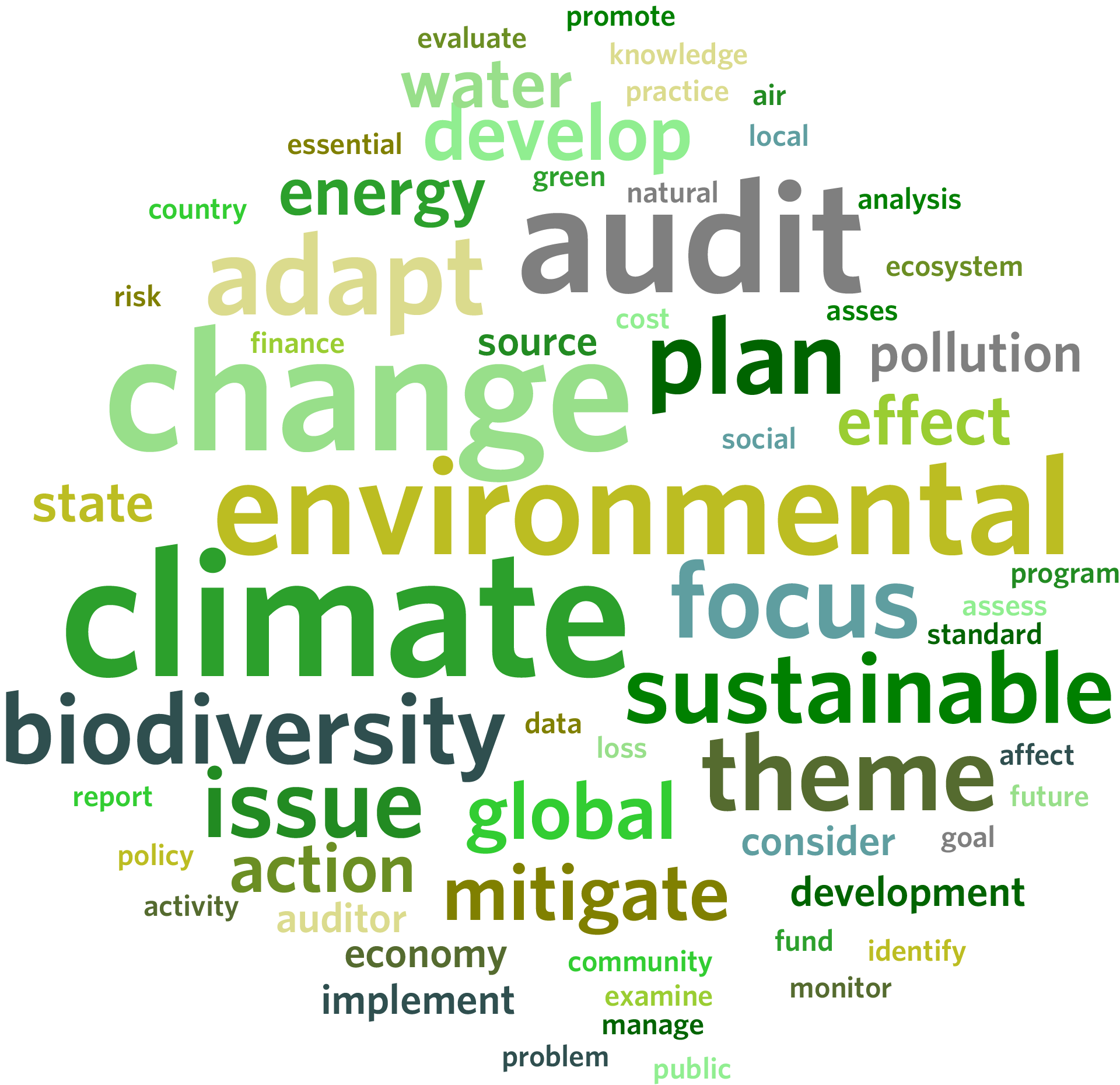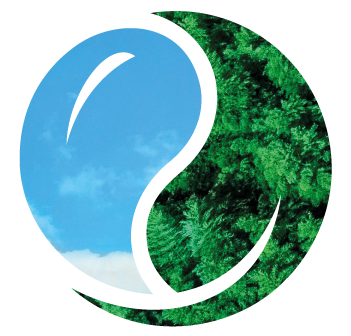11th WGEA survey reflects on key findings on the current state of environmental auditing
25.10.2024
The INTOSAI WGEA just published its most recent survey report, the 11th Survey of Environmental Auditing. This survey was answered by 82 SAIs, and gives a comprehensive and current outlook on the state of environmental auditing across all INTOSAI regions. Here are some of the key findings from the survey.
Increased participation: The survey saw a 42% response rate, with 82 responses from the 195 INTOSAI member SAIs. This represents a 15% increase in the response rate compared to the previous survey.
Environmental audits are the rise: The report provides an overview of environmental audits conducted by SAIs from 2021 to 2023 and those planned for 2024 to 2026. There has been an increase in environmental audits in 2021-2023, and 45% of survey respondents say that the increasing trend will continue in 2024-2026.
Most pressing environmental issue: The survey found climate change, pollution and water to be considered the most pressing environmental problems among SAIs. Climate change is a top concern in all regions.
Global frameworks: Many SAIs have incorporated global frameworks such as the UN Sustainable Development Goals (SDGs) and the Paris Agreement into their auditing processes. This integration helps ensure that environmental audits are aligned with international standards and commitments.
Impact of audits: The survey discusses the impact of environmental audits and how SAIs measure this. The responses note impact in policy implementation and increase in measuring impact with government response to audit recommendations.
Communication methods: SAIs have adopted various communication methods to disseminate their audit findings, including reports, social media, and public presentations. Effective communication is crucial for ensuring that audit results reach a broad audience and drive change.
Challenges and barriers in environmental auditing: The report identifies several challenges in environmental auditing, such as limited resources, lack of expertise, and difficulties in accessing reliable data. These barriers can hinder the effectiveness of audits and the ability of SAIs to address complex environmental issues.
Regional perspectives: The survey provides a regional analysis of the responses, highlighting differences and commonalities in environmental auditing practices across the INTOSAI regions. This regional perspective helps identify specific needs and opportunities for collaboration.
Future of WGEA network: The report emphasizes the importance of cooperation among SAIs and the future development of the WGEA network. It suggests that continued collaboration and knowledge sharing will be essential for advancing environmental auditing globally.

 Visualization of the topics that SAIs suggested for the next Work Plan in the 11th survey.
Visualization of the topics that SAIs suggested for the next Work Plan in the 11th survey.

